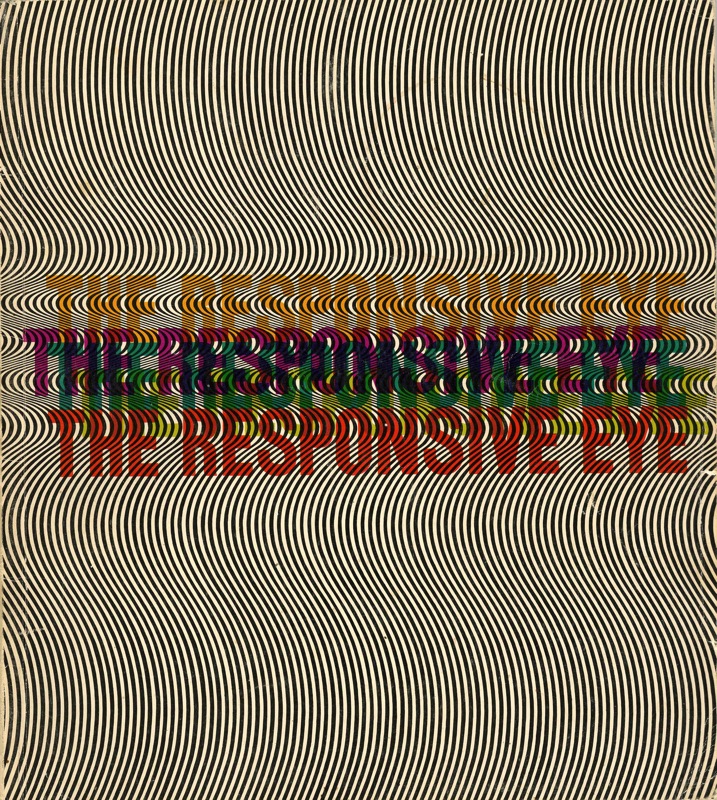Brian Massumi: Semblance and Event: Activist Philosophy and the Occurrent Arts (2011)
Filed under book | Tags: · abstract art, aesthetics, art, event, interactive art, kinesthesia, movement, perception, performance art, philosophy, politics, proprioception, semblance, time, vision

Events are always passing; to experience an event is to experience the passing. But how do we perceive an experience that encompasses the just-was and the is-about-to-be as much as what is actually present? In Semblance and Event, Brian Massumi, drawing on the work of William James, Alfred North Whitehead, Gilles Deleuze, and others, develops the concept of “semblance” as a way to approach this question.
It is, he argues, a question of abstraction, not as the opposite of the concrete but as a dimension of it: “lived abstraction.” A semblance is a lived abstraction. Massumi uses the category of the semblance to investigate practices of art that are relational and event-oriented–variously known as interactive art, ephemeral art, performance art, art intervention–which he refers to collectively as the “occurrent arts.” Massumi argues that traditional art practices, including perspective painting, conventionally considered to be object-oriented freeze frames, also organize events of perception, and must be considered occurrent arts in their own way. Each art practice invents its own kinds of relational events of lived abstraction, to produce a signature species of semblance.
The artwork’s relational engagement, Massumi continues, gives it a political valence just as necessary and immediate as the aesthetic dimension. Massumi investigates occurrent art practices in order to examine, on the broadest level, how the aesthetic and the political are always intertwined in any creative activity.
Publisher MIT Press, 2011
Technologies of Lived Abstraction series
ISBN 0262134918, 9780262134910
220 pages
PDF (updated on 2012-7-24)
Comment (0)William C. Seitz: The Responsive Eye (1965)
Filed under catalogue | Tags: · abstract art, art, op art, painting, perception

“In 1965, an exhibition called The Responsive Eye, created by William C. Seitz was held at the Museum of Modern Art in New York City. The works shown were wide ranging, encompassing the minimalism of Frank Stella and Ellsworth Kelly, the smooth plasticity of Alexander Liberman, the collaborative efforts of the Anonima group, alongside the well-known Victor Vasarely, Richard Anuszkiewicz, and Bridget Riley. The exhibition focused on the perceptual aspects of art, which result both from the illusion of movement and the interaction of color relationships. The exhibition was enormously popular with the general public, though less so with the critics. Critics dismissed op art as portraying nothing more than trompe l’oeil, or tricks that fool the eye. Regardless, op art’s popularity with the public increased, and op art images were used in a number of commercial contexts. Bridget Riley tried to sue an American company, without success, for using one of her paintings as the basis of a fabric design.” (Wikipedia)
Publisher Museum of Modern Art, New York; in collaboration with The City Art Museum of St. Louis, The Contemporary Art Council of the Seattle Art Museum, The Pasadena Art Museum, and The Baltimore Museum of Art, 1965
58 pages
Exh. review: Thomas B. Hess (ARTnews, 1965).
Brian de Palma’s “The Responsive Eye” (film, on UbuWeb)
Publisher (incl. press releases and installation views)
PDF (12 MB, no OCR)
PDF (scan from UbuWeb, contributed by Marcelo Gutman, 80 MB)
PDF (scan from MoMA, 12 MB, added on 2016-9-18)
Charles Harrison, Paul Wood (eds.): Art in Theory 1900-1990: An Anthology of Changing Ideas (1992) [English, French]
Filed under book | Tags: · 1900s, abstract art, abstraction, aesthetics, art, art history, art theory, autonomy, avant-garde, beauty, capitalism, colour, communism, conceptual art, constructivism, cubism, dada, expressionism, formalism, futurism, happening, impressionism, institutional critique, language, machine, marxism, minimal art, modernism, postmodern, poststructuralism, productivism, psychoanalysis, realism, representation, revolution, romanticism, socialism, structuralism, surrealism, symbolism

“This volume provides comprehensive representation of the theories, which underpinned developments in the visual arts during the twentieth century. As well as writings by artists, the anthology includes texts by critics, philosophers, politicians and literary figures. The content is structured into eight broadly chronological sections, starting with the legacy of symbolism and concluding with contemporary debates about the postmodern.”
Publisher Blackwell, 1992
Reprinted 1999
ISBN 0631165754, 978-0631165750
1220 pages
Review: Patricia Railing (Art Book, 2004).
Art in Theory 1900-1990 (English, 1992, 13 MB, updated on 2015-9-5)
Art en théorie 1900-1990 (French, 1997, 24 MB, added on 2016-6-26)

